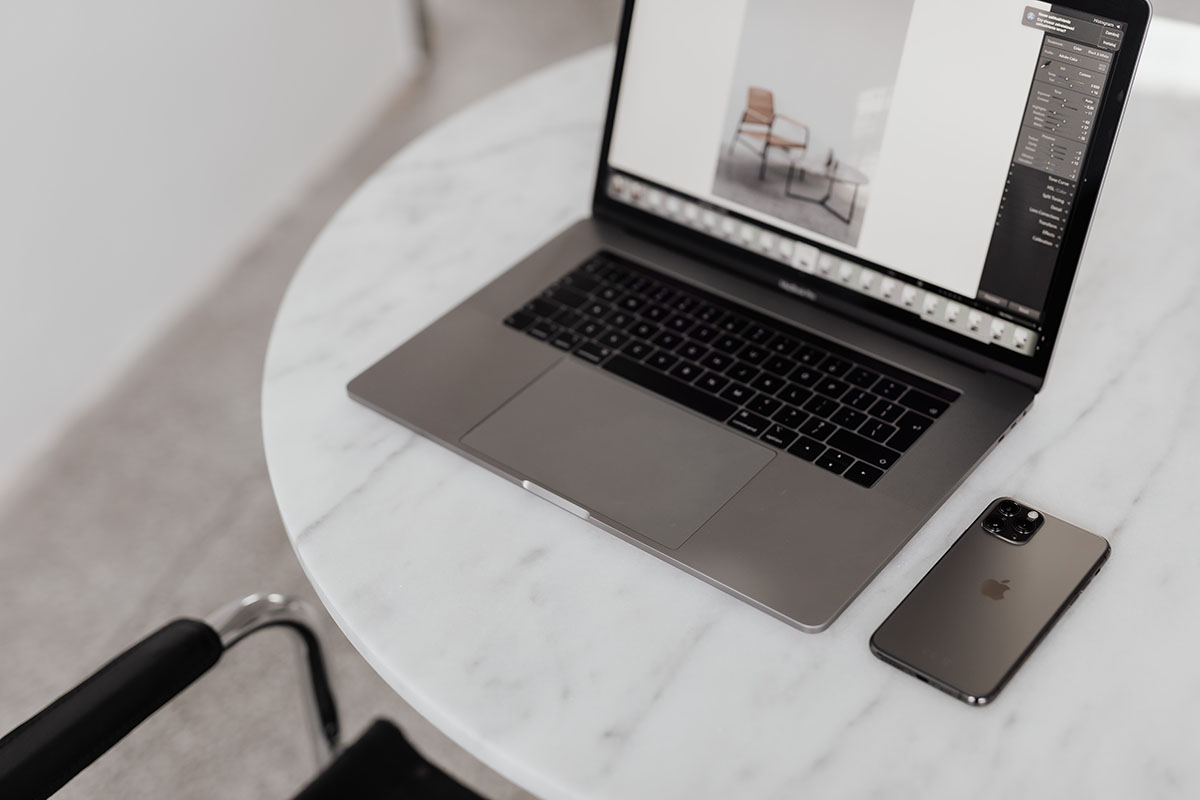How To Avoid Desk-Based Back Pain
If you spend a lot of time working at a desk, you’ll know that it can cause a lot of problems with your posture. Whether you end up with a bad back from the wrong desk chair, aching shoulders from sitting over your keyboard, or you have wrist pain from the angle of your mouse, you can do some damage to your body if you don’t look after your posture.
Invest In Your Chair
Invest in a desk chair that supports your body. It should be the right height for you to keep your feet flat on the floor, while still being able to look directly at your monitor. Choose one that offers lower back support.
Sit In The Right Position
Make sure you are maintaining a neutral position as you work. Your monitor should be at eye level, so you can look at it without tilting your head downwards.
Keep your shoulders back and your back flat against your chair. Your feet ought to be flat on the ground, with no crossed legs or ankles. If you struggle with lumbar support, add some lumbar support to your chair to keep your back straight.
Get Up
One of the big issues with sitting all day is the lack of movement. To avoid stiffness, take some movement breaks. Every half an hour or so, get up and move.
If you work in an office, you could go and make a cup of coffee, go and speak to a colleague instead of emailing them or take a bathroom break. A brisk walk helps too, even if it’s only around the room. If you work at home, get up and do some stretches to loosen yourself up. If you find it hard to take breaks, set a timer to remind you to get up and move around.
If your pain is bad, see a Chiropractor who will be able to treat your pain, and advise you on preventative stretches to do during your movement breaks.
How to avoid desk-based back pain: Set Up Your Desk
The way you set up your desk can help with your posture too. Put the things you need to use most within arm’s reach to avoid having to stretch for them. Make sure you have enough room under the desk for your feet to prevent sitting at a strangle angle.
It can take a bit of time to train your body to stay in the best position, so invest in some ergonomic supports to make things easier. As well as the right chair, you can make it easier to sit in the right position with a footstool under your desk. Lift your monitor to the right height with a stand.
Many people find that a desk that can be adjusted between sitting and standing heights really helps. If you can spend part of the day standing instead of sitting, you can reduce back and neck pain.
By taking care of how you sit while you work, you can improve your posture, and help your muscles to stay loose and pain-free.




















